- Elaine Chou
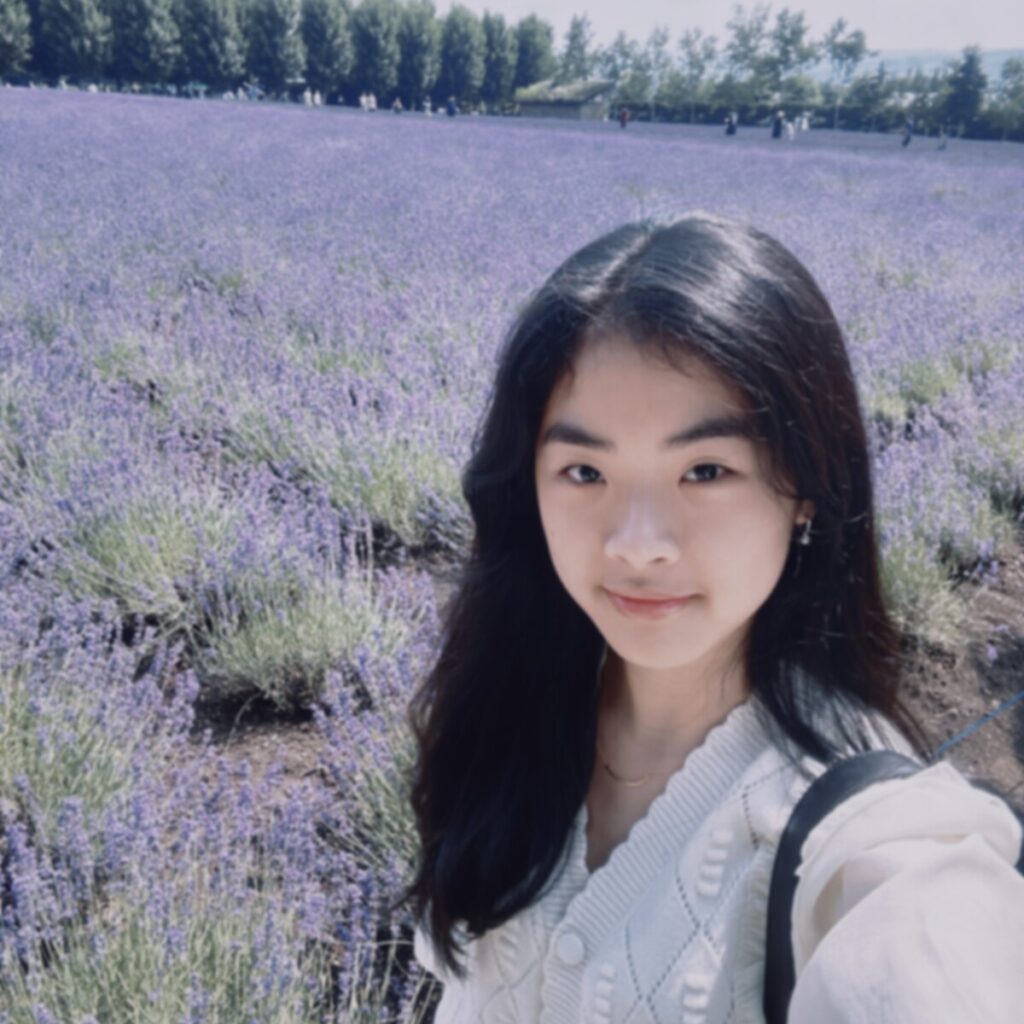
Hiiii! My name is Elaine and I’m from Hsinchu, Taiwan. I am planning to major in Math and Computer Science and potentially minor in Business. In my free time, I enjoy playing table tennis, and badminton, watching k drama, and listening to music. Although my major isn’t related with biology, I love exploring oil paintings, and the topic of arts and the brain seems impressive. I am excited to learn more in this course!
- Lillian Liao
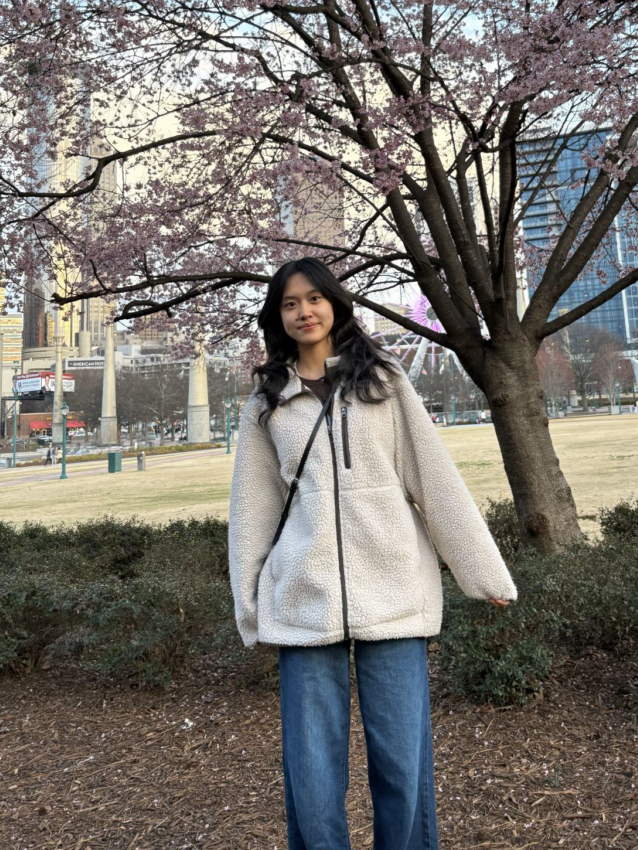
Hello! I’m Lillian Liao, and I’m from Houston, Texas. I plan on studying NBB and Psychology on a pre-med track. In my free time, I love doing arts and crafts, my favorites including floral arranging and pottery! I also enjoy playing the viola and listening to music while running mindless errands. Arts on the Brain sparked my interest as it intersects my career interests and passions/hobbies together.
- Naylah Ramirez
Hi!!! I’m Naylah Ramirez. I am from Cali, Colombia, but I currently live in Georgia. I plan to major in chemistry here at Emory and eventually get my PhD in cancer microbiology to research CAR T-cell therapy. One of my major passions is visual art, which I would have perused if not for my devotion to the sciences and being a STEM major. This section of Arts on the Brain has the perfect blend of art’s impact on the human mind and the impact of the human mind on art, topics in which my curiosity has grown. I am excited to see what the rest of this class will entail and I’m looking forward to a great semester!
- Natalie Quintana

Hey! My name is Natalie Quintana and I’m from Suwanee, Georgia. I aspire to major in International Studies and German on the Pre-Law track. I love music, learning languages and interacting with others. Although my major isn’t STEM or Pre-Med, I always enjoyed science courses and would major in a science if it wasn’t so intimidating. However, I was in STEM courses throughout all high school and they incorporated a lot of projects and creativity along with the course material. The outline for this course seemed similar to the layout for those courses and I’m excited to learn about the overlap between the arts and the brain!
- Ugochi Obuba
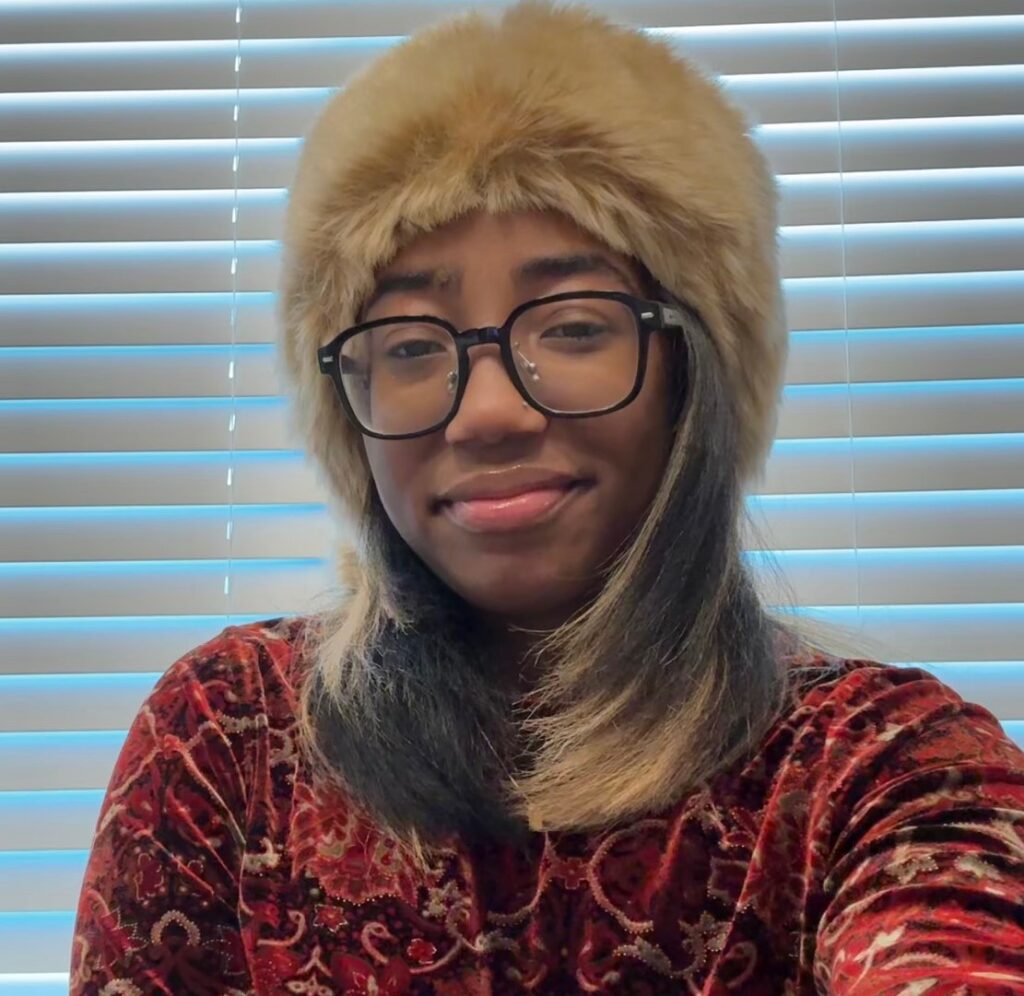
Hello! My name is Ugochi Obuba and I’m from Marietta, Georgia. I plan to double major in Anthropology of Human Biology and Psychology on the pre-med track. My hobbies include listening to music, playing basketball, working out, playing instruments (cello and piano), and I dance in the Emory salsa club! My career goal is to become an ophthalmologist, so I decided to take this class because I knew I could learn about perception and how we interpret sensory information in our brains. I also love music and have been very into art growing up, so learning about how those things can be intertwined with neuroscience sounded really cool!
- Max Greenspan
Hi there! My name is Max Greenspan and I am from Phoenix, Arizona. I currently plan on matriculating to the business school and majoring in finance. I enjoy listening to music, watching and playing sports, and playing chess. I decided to take this class because I’ve always been fascinated with the biology of the brain as well as psychology and I think this course offers a unique perspective into both. I am intrigued to learn more about how both art and the brain are connected.
- Michelle Chang
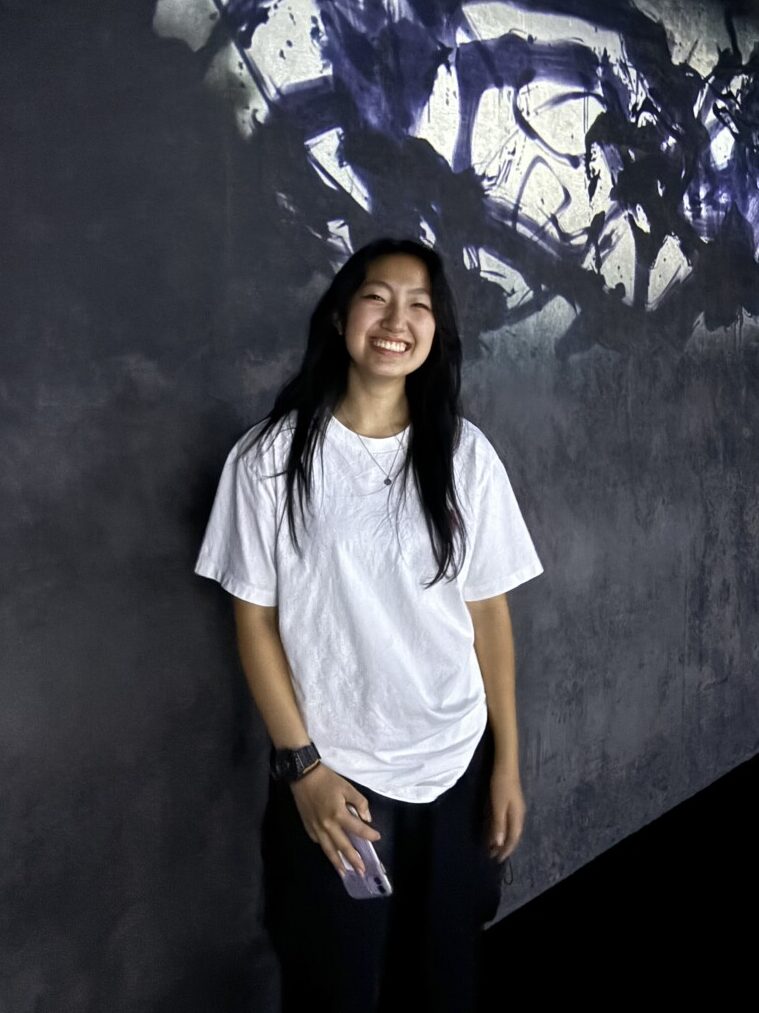
Hey! My name is Michelle Chang and I was born in Cleveland Ohio. I am currently undecided in major but am considering a joint major in psychology and linguistics. I like to learn languages and currently speak 4 (Chinese, English, Korean and French). I enjoy dancing and dance in TNT and Blaez here at Emory. I also used to train to be a professional figure skater and love to play volleyball! As I have incorporated the arts into my life greatly, I was intrigued to learn about the overlap between it and biology.
- Yoana Martinez Monroy
Hi, my name is Yoana, and I am from Atlanta, Georgia. I am currently planning on majoring in nursing in hopes of becoming a pediatric nurse practitioner in the future. I enjoy listening to music and watching comedy TV shows in my free time and cooking/baking occasionally. I decided to take this class because I enjoy learning about the brain. I find it really interesting how the brain works, and I wanted to learn more how art is perceived by the brain. I am excited to learn about how different types of art make the brain react.
- Ivan Reyes
Hello! My name is Ivan Reyes and I am from Puerto Rico. Currently I’m thinking of majoring in Biology or Chemistry on the premed track. I love playing sports (football & volleyball), fashion, and hanging out with friends! I have loved the arts ever since I was young, teachers would confiscate my notebook because I doodled too much. So not only learning about my career interest, but also a passion of mine combined definitely interests me in this course. I hope to learn a lot about art and also about science, so I’m excited to be here.
- Angel Chuang

Hi! My name is Angel Chuang and I’m from Hsinchu, Taiwan. I am planning to major in Applied Math and Statistics and possibly minor in Computer Science. In my free time, I enjoy baking, hanging out with friends, and listening to music. Although my major has nothing to do with biology, I love exploring new topics, and the intersection of arts and the brain seems really interesting. I am excited to learn more throughout this course!
- Teresa Martinez Gonzalez
Hi! My name is Teresa Martinez Gonzalez, and I am from Columbus, Ohio. Currently, I am planning to major in accounting and possibly minor in philosophy. In my free time, I enjoy coloring, going on walks, crocheting, and spending time with my friends. Regarding my interest for this class, I always enjoyed doing art projects and crafts. This class merging art and the processes of the brain caught my interest as I want to gain an insight and deepen my appreciation for how different art forms affect us on a neurological level. I am excited to learn more!
- Andrew Antoun
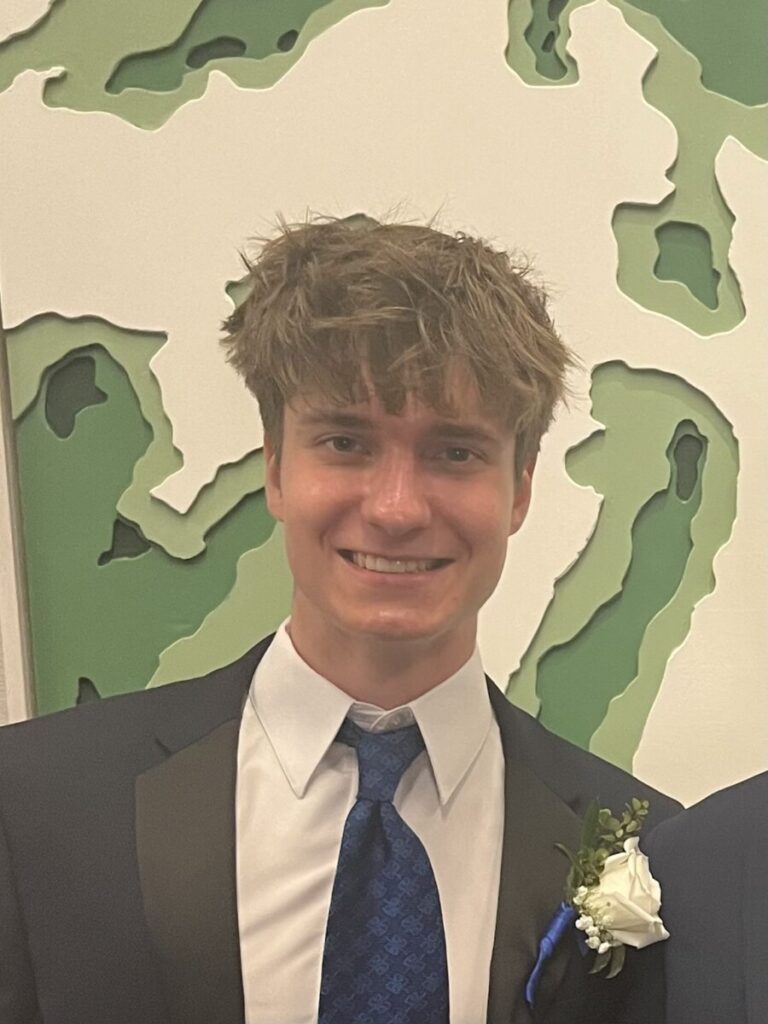
Hi! I’m Andrew Antoun and I am from Dallas, Texas. At Emory, I am studying Biology and Music Performance on the premed track. During my free time, I like to play French Horn, spend time with my friends, and lift. I have been surrounded with music my whole life and I want to be a family physician, so the crossroads between arts and sciences is of extreme interest to me. I am excited to learn more about the interdisciplinary studies between these two fields in this course.
- Rafaela Sewards

Hi! My name is Rafaela Sewards, and I am from Brooklyn, New York. I am a Quantitative Sciences major on the Neuroscience Behavioral Biology track. In my free time, I enjoy reading, doing yoga, painting, and spending time with my friends. I grew up doing art projects with my mom, and art has become a past time for me where I can relax and take time to myself. I have always been fascinated by psychology, and this class pairs my two interests in both academia and personal life.
- Izzy Lefand

Hi! I’m Izzy Lefand and I am from Waycross, Georgia. Currently, I am planning to double major in psychology and dance. During my free time, I love spending time with friends, watching New Girl, and baking. I have always loved the arts, specifically the performing arts and I think the intertwining aspects of art and the processes in the brain are very interesting. I am excited to learn more throughout this course!
- Vince DeFabio Introduction
Hi everyone! My name is Vince DeFabio, and I am from Summit NJ, outside of New York. I am taking pre-business classes and will declare a major in Finance. I love to play video games and sports, and finding a healthy balance between the two. I enjoy this class because I already took Psychology 110, and it is giving me real-world context of the structures I learned about in the fall. I am excited to see what more is to come!
- Emily Qian

Hi! My name is Emily Qian, I’m from Beijing China. I am currently on pre-med track and will probably declare biology major. I love reading novels, playing different types of music and drawing fan arts. I really enjoy this class by its intersection of brain biology and Art. The stuff I learned in psychology also pushes me forward to explore the interactions between senses and human development, which I am very interested in.
- Bridget Hurley
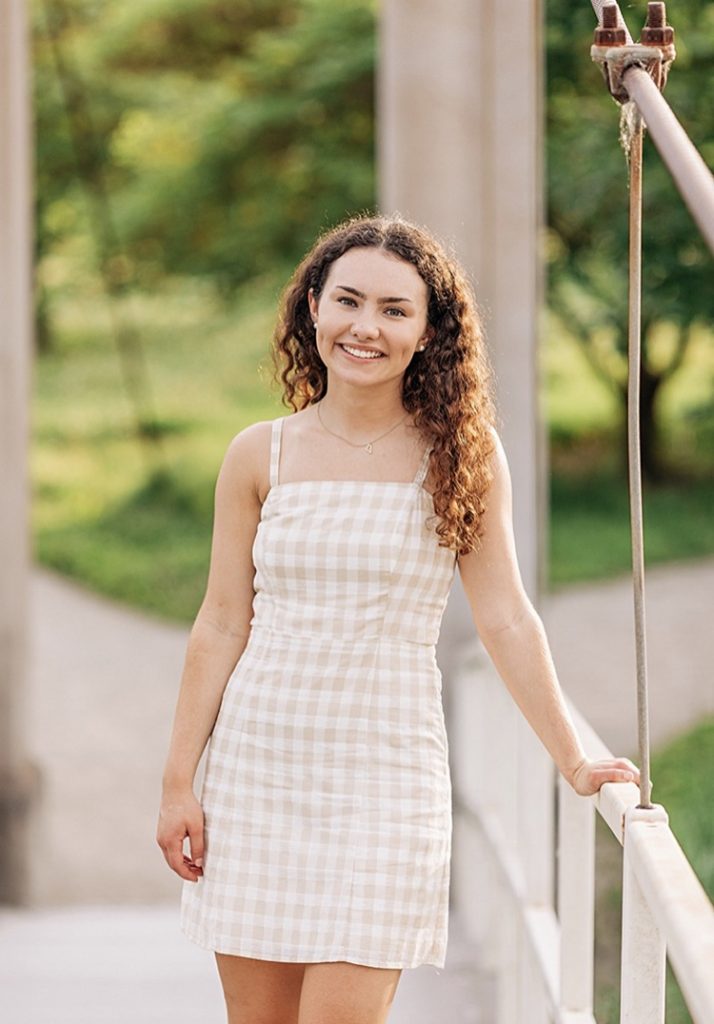
Hi! My name is Bridget Hurley. I am from St. Louis, Missouri. I am currently on the pre-business track and will be applying for the business school next year. I will most likely study marketing and finance. I love playing sports, especially soccer and volleyball, hanging out with friends, and trying new restaurants. I really enjoy this class because it is interesting to see how our brains and art are connected to each other.
- Peizheng Li
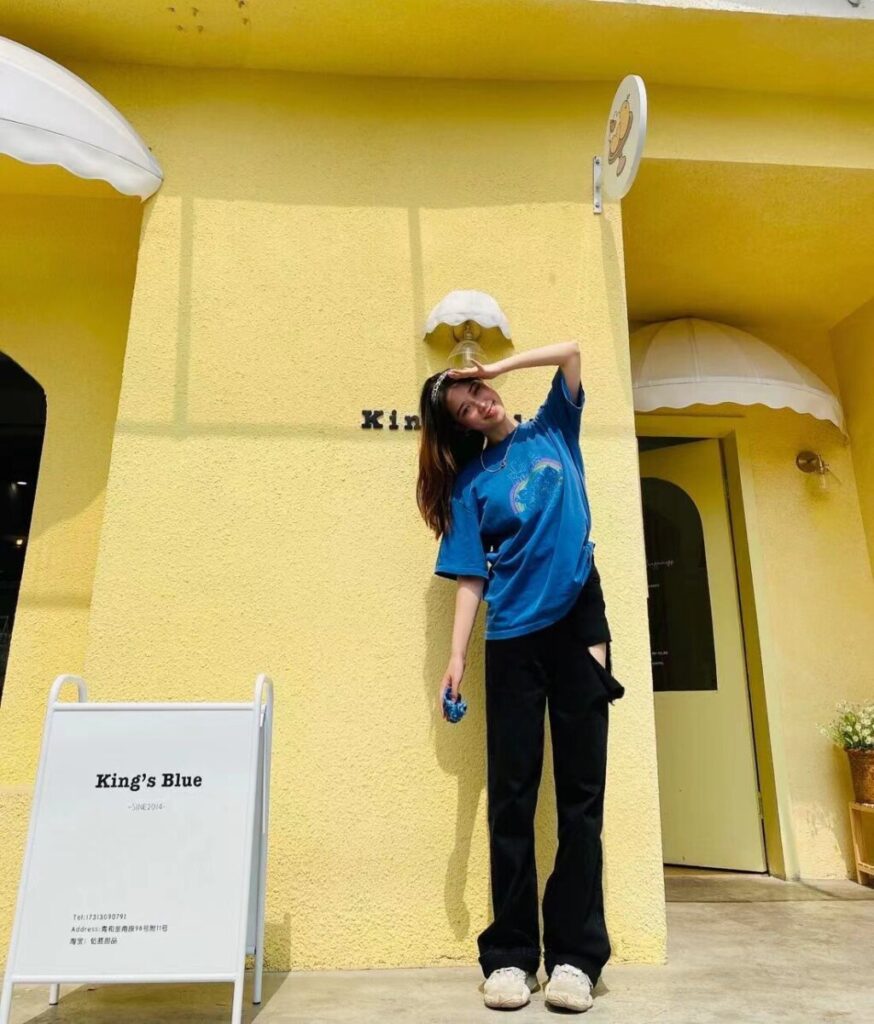
Hi everyone! My name is Peizheng(Yolanda) Li and I’m from Sichuan China. I haven’t declared my major yet, but I currently plan to double major in psychology and business. I love traveling, fashion, singing, dancing and I’m really into Korean music (Blackpink is the revolution!). Although I will not major in biology, I want to try something new and special, that’s why I came to this class. I’m excited to learn from you all and explore the new world of arts and the brain with you this semester!
- Lucero Rios
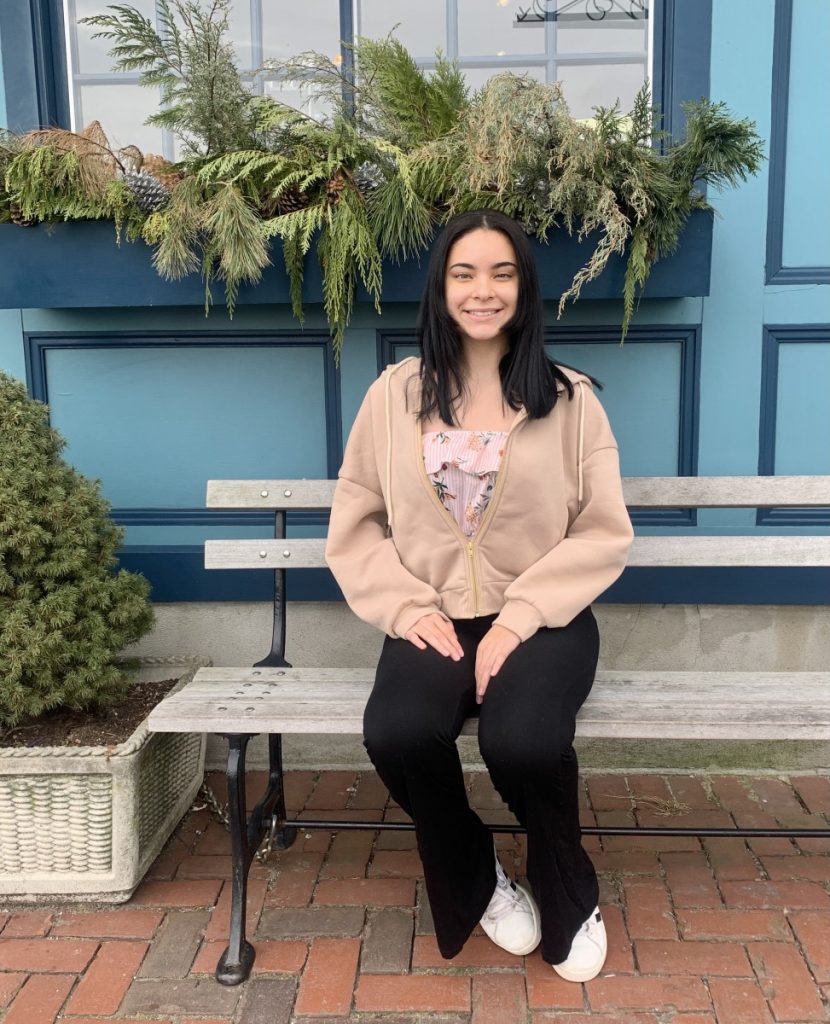
Hey everyone! My name is Lucero Rios and I am from Providence, Rhode Island. I am a Computer Science major with a possible minor in Economics. I have always had an interest in art, so the opportunity to view art from a more scientific perspective, particularly through a biological lens, is very exciting! Aside from school, I love to listen to music, play guitar, and journal. I hope to continue to learn new things in this class and engage in interesting conversations with my classmates!